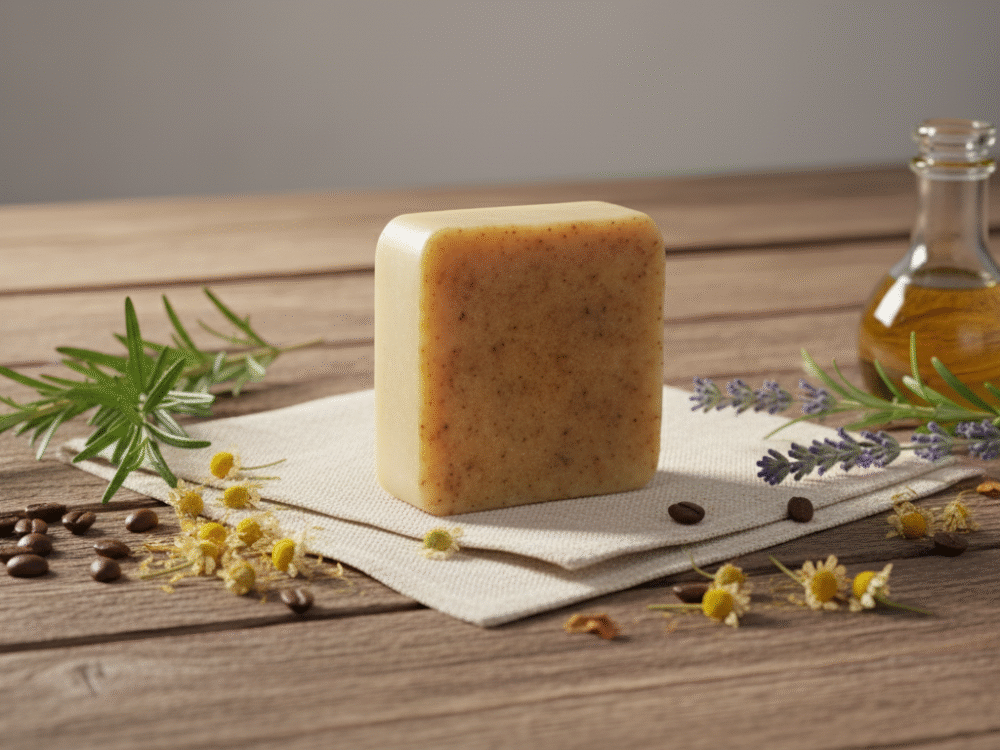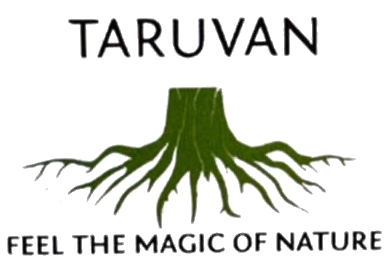Currently Empty: ₹0.00

If you’ve ever seen a bar of soap that looks good enough to eat — like a cupcake topped with whipped cream or a slice of cake decorated with pastel swirls — chances are, it was made using soap frosting.
Soap frosting is a beautiful technique that transforms ordinary soap into something magical. It turns your creation into a piece of art — fluffy peaks, soft swirls, and dreamy textures that make every bar a treat for the senses.
But as simple as it looks, finding the perfect soap frosting recipe is a true adventure. One that involves science, patience, a few flops, and a lot of fun.
Today, I’m sharing my journey — how I discovered my favorite soap frosting recipe, what I learned along the way, and some tips for anyone who wants to try their hand at this delightful craft.
Where It All Began
Like many soap makers, I started with basic handmade soap recipes — smooth, creamy bars that were all about skin-loving ingredients and gentle cleansing. But as I grew more confident, I began experimenting with designs, colors, and textures.
One day, I stumbled across a picture of cupcake soaps — tiny, frosted, pastel-colored creations that looked straight out of a bakery. I was instantly captivated. The idea that soap could look that whimsical yet still be practical felt like magic.
And just like that, my next mission began: to make soap frosting that looked as beautiful as whipped cream — and stayed that way.
What Is Soap Frosting, Really?
Soap frosting is simply whipped soap batter — thickened and aerated to a consistency that can be piped like icing. It’s used for decorating soap cupcakes, loaf tops, or even sculpted designs.
The trick lies in finding the right balance between structure and softness. The frosting needs to be stiff enough to hold its shape, but not so thick that it hardens too quickly or becomes crumbly.
And achieving that perfect balance? That’s where the challenge — and the fun — begins.
The Early Experiments: Trials and Errors
When I first started, my frosting either turned too runny or hardened before I could even load my piping bag. Sometimes, it looked perfect in the bowl but melted flat once piped. Other times, it looked beautiful — but separated after curing.
That’s the thing about soap making — every little detail matters.
The temperature of your oils, the amount of water, the type of lye, and even your fragrance choice can make or break your batch.
My first few tries were full of lessons:
- I learned that whipping handmade soap batter doesn’t work like real whipped cream. It needs timing and control.
- I discovered that humidity affects how fast frosting sets.
- And I realised that some fragrance oils — especially vanillas and florals — accelerate trace (meaning your soap thickens way faster than you expect).
But I didn’t give up. Every batch brought me a little closer to the recipe I’d been dreaming of.
The Turning Point: Learning the Science
Once I started understanding why my batches were failing, everything changed.
Soap frosting is all about controlling trace — the stage where your soap batter thickens. To pipe it, you need it at a “medium to thick” trace — thick enough to hold peaks but not so stiff that it sets in the bowl.
I learned to:
- Use hard oils (like coconut, palm, or cocoa butter) for structure.
- Add soft oils (like olive or sunflower) for smoothness.
- Adjust water content to slow down trace.
- Work at lower temperatures (around 80–90°F) for better control.
And then, there was the magic ingredient: Kaolin clay.
A small amount helped my frosting stay firm without drying out.
Each tweak made a difference — and soon, I started seeing those beautiful, fluffy peaks I had dreamed of.
My Favorite Soap Frosting Recipe
After dozens of trials, this is the recipe that won my heart.
It’s stable, smooth, and pipes beautifully every time.
🧁 Ingredients (for a small batch):
- Coconut Oil – 35%
- Olive Oil – 25%
- Palm Oil (or Shea Butter) – 20%
- Castor Oil – 10%
- Sweet Almond Oil – 10%
- Distilled Water – As per lye calculator
- Sodium Hydroxide (Lye) – As per calculator
- Kaolin Clay – 1 teaspoon per pound of oils
- Titanium Dioxide (optional) – for bright white frosting
- Fragrance Oil or Essential Oil – CP-safe, added at light trace
🪄 Directions:
- Prepare your lye water and let it cool to around 90°F.
- Melt your oils and cool them to a similar temperature.
- Mix your lye water into the oils and stick-blend until you reach a medium trace.
- Add Kaolin clay and any colorants you like.
- Blend a bit more until it becomes thick and creamy — like cake batter.
- Once it holds peaks, transfer to a piping bag and start decorating immediately.
Tip: If you’re frosting cupcakes, pour your soap base first, then pipe the frosting right away before both layers set.
The Joy of Piping Soap Frosting
Once I found the right texture, piping soap became pure joy. It felt just like baking — but without the calories!
I tried all sorts of techniques:
- Rosettes using a star tip
- Swirls and waves for loaf tops
- Layered colors for ombre effects
- Bi-color piping bags for dreamy two-tone designs
Each batch became a little experiment in creativity.
And the best part? Watching my customers’ reactions. People loved the look — they couldn’t believe it was soap!
It made my craft feel more personal, more expressive. Suddenly, I wasn’t just making soap — I was designing art that cleanses.
Fragrance and Colour: The Frosting’s Personality
Soap frosting is as much about scent as it is about looks.
But not all fragrances behave well in handmade recipes. Some accelerate trace (making your batter thicken too fast), while others discolour your frosting over time.
Here’s what I learned:
- Avoid fragrances with vanillin if you want white frosting. (They can turn your soap brown.)
- Work fast with accelerating scents like florals or spices.
- Use stable, slow-moving fragrances like lavender, oatmeal milk & honey, or citrus blends.
As for colours, mica powders and titanium dioxide became my go-to.
They gave me soft, pastel shades that looked like buttercream frosting — without bleeding or fading.
When Things Go Wrong (and They Will)
Even now, not every batch goes perfectly — and that’s okay.
Sometimes, my frosting sets too quickly. Sometimes it’s too soft. Occasionally, the peaks droop a little after curing.
But each “mistake” teaches something new. Maybe the lye was too hot, or I added fragrance too early. Maybe humidity played a role. Soap frosting keeps you humble — and creative.
I’ve learned to see every imperfect batch as part of the journey. Because soap making, like life, is all about learning through doing.
Handmade vs. Whipped Soap Frosting
Over time, I also experimented with whipped soap frosting, a melt-and-whip method using a soap base or foaming bath butter.
It’s lighter and fluffier than handmade frosting, and great for bath truffles or jar soaps. But for cupcake soaps and loaf decorations, I still prefer handmade frosting — it hardens beautifully and lasts as long as the soap itself.
Each has its charm. If you love sculpting and experimenting, try both! You’ll soon find which one feels more “you.”
Curing and Storing Soap Frosting
Just like regular handmade soap, frosted soaps need time to cure — usually 4–6 weeks. This allows the water to evaporate and the soap to harden, ensuring it lasts longer in use.
I cure mine in a cool, dry space with gentle airflow. For piped cupcakes, I keep them upright and spaced out so air can circulate evenly.
After curing, I wrap them gently in paper or boxes to preserve scent and prevent moisture from softening the frosting.
Why I Love Soap Frosting
There’s something special about holding a bar of soap that looks like dessert but feels like luxury skincare.
For me, soap frosting combines everything I love about this craft:
- The creativity of design
- The satisfaction of chemistry
- The beauty of texture
- And the joy of giving something handmade and heartfelt
When customers say, “It’s too pretty to use!” — I smile. Because that’s exactly what I want my soaps to be: a reminder that everyday moments, even washing your hands, can be beautiful.
Tips for Perfecting Your Soap Frosting
Here are a few nuggets I’ve gathered over time:
- Temperature is everything. Cool oils and lye help control trace.
- Stick blend gently. Overmixing can make the batter too thick, too fast.
- Use stable fragrances. Avoid anything labeled as “accelerating.”
- Work quickly but calmly. Once it thickens, you don’t have much time.
- Practice piping with plain soap batter first. It helps you learn texture control.
- Keep notes. Every batch teaches you something — ratios, timing, behavior.
The Creative Possibilities Are Endless
Once you master the basics, the world of soap frosting opens wide:
- Add botanicals like dried lavender or rose petals on top.
- Sprinkle mica dust for a touch of shimmer.
- Layer colors for ombre frosting.
- Use fragrance pairings — like vanilla frosting with coffee soap or lemon frosting with blueberry base.
Soap frosting is where chemistry meets artistry. And it’s one of the most fun, rewarding parts of handmade soap making.
Final Thoughts: The Recipe That Feels Like Home
After so many batches, tests, and tweaks, my favorite soap frosting recipe isn’t just about ingredients — it’s about comfort.
It’s the recipe I trust when I want something beautiful, reliable, and a little magical. It’s the one that reminds me how far I’ve come as a maker — from simple bars to frosted creations that make people smile.
If you’re on your own journey to find your perfect frosting, here’s my best advice:
Be patient, take notes, and keep experimenting. The best recipe is the one that fits your style, your environment, and your creativity.
Soap frosting is like life — sometimes messy, sometimes challenging, but always worth it when you see the results.
So go ahead — mix, whip, and pipe your heart out. Because behind every beautiful swirl of soap frosting is a maker who didn’t give up until it was perfect.
